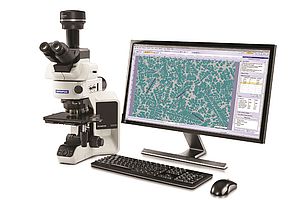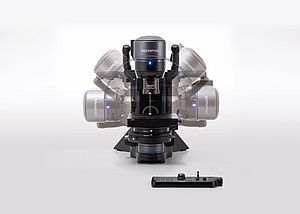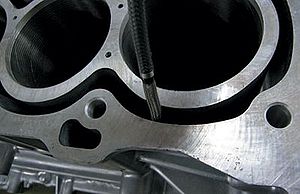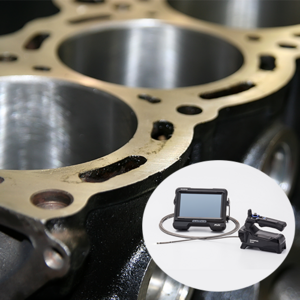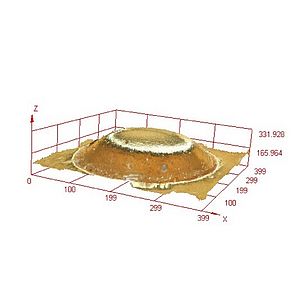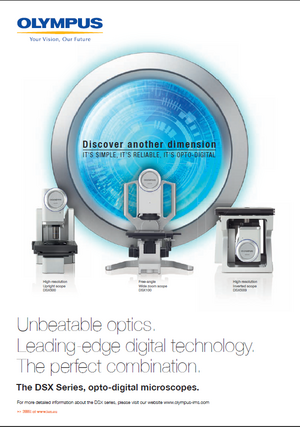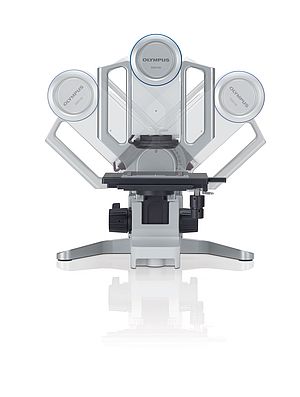Olympus released its new RollerFORM™ XL scanner to meet the demand for a wide-coverage and easy-to-implement phased array tool for a faster inspection of composite components with large surface areas. This concerns critical components such as aircraft wings and wind turbine blades which are made with lightweight, durable composite material and also have extensive surface areas as well as composites of attenuative nature particularly prone to problems with some ultrasonic testing equipment. The RollerFORM XL scanner solves these problems and relies on non-desutructive technology to ensure the integrity of these parts.
More coverage, faster
Based on the field-proven design and performance of the original RollerFORM scanner, the RollerFORM XL scanner’s tire with integrated phased array probe provide a beam coverage that is twice as wide. Scanning large parts is thus more efficient and the data more accurate.
Easiness of use
Light and easy to operate, the RollerFORM XL scanner can be set up and inspect in a blink of an eye compared to immersion-based testing. Instead of a couplant pumping system an innovative tire ensures strong, reliable signals are obtained. Thanks to the liquid contained in the tire and the acoustic impedance of its material, interface reflections are merely that of water. Consequently, the ultrasound beam energy to better transmit into the part.
Optimisation of Composite Inspection
Beam penetration is improved in attenuative composite materials because of the RollerFORM XL scanner’s optional low-frequency, large-elevation phased array probe. Inspectors can easily integrate this new wider model into existing wheel probe procedures. The RollerFORM XL scanner also has an encoder, an indexing button and a start acquisition button to facilitate complete scans of large wings or blades.
With minimal setup, inspectors can implement this self-contained wheel probe system to not only save time, but also improve the accuracy of their results.







